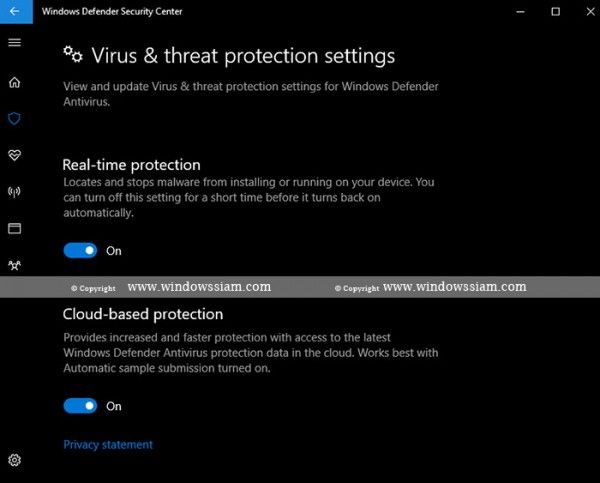

TPM 2.0 (also referred to as your security processor)

This means your device supports memory integrity and core isolation and also has: Your device meets the requirements for standard hardware security Hardware security capabilityĪt the bottom of the Device security screen, one of the following messages appears, indicating the security capability of your device.

For more info, see How to disable and re-enable secure boot. You may have to disable secure boot to run some PC graphics cards, hardware, or operating systems such as Linux or earlier versions of Windows. Rootkits are often part of an entire suite of malware that can bypass local logins, record passwords and keystrokes, transfer private files, and capture cryptographic data. Rootkits use the same permissions as the operating system and start before it, which means they can completely hide themselves. Secure boot prevents a sophisticated and dangerous type of malware-a rootkit-from loading when you start your device. For more information see: Security Processor troubleshooting. If your security processor isn't working properly, you can select the Security processor troubleshooting link to see any error messages and advanced options. Check with your device manufacturer to see if your device supports TPM and, if so, steps to enable it. Note: If you don't see a Security processor entry on this screen then it's likely that your device doesn't have the TPM (Trusted Platform Module) hardware necessary for this feature or that it's not enabled in UEFI (Unified Extensible Firmware Interface). Select Security processor details for additional info and options. This is where you’ll find info about the security processor manufacturer and version numbers, as well as about the security processor’s status. Your security processor provides additional encryption for your device. To learn more about Core Isolation and memory integrity see Core isolation. By turning on the Memory integrity setting, you can help prevent malicious code from accessing high-security processes in the event of an attack. Memory integrity is a feature of core isolation. Select Core isolation details to enable, disable, and change the settings for core isolation features. Notes: What you actually see on the Device security page may vary depending upon what your hardware supports.įor more info about Windows Security, see Stay protected with Windows Security.įor more info about Microsoft Defender Firewall, see Turn Microsoft Defender Firewall on or off.įor help with your password, see Change or reset your Windows password.Ĭore isolation provides added protection against malware and other attacks by isolating computer processes from your operating system and device.


 0 kommentar(er)
0 kommentar(er)
